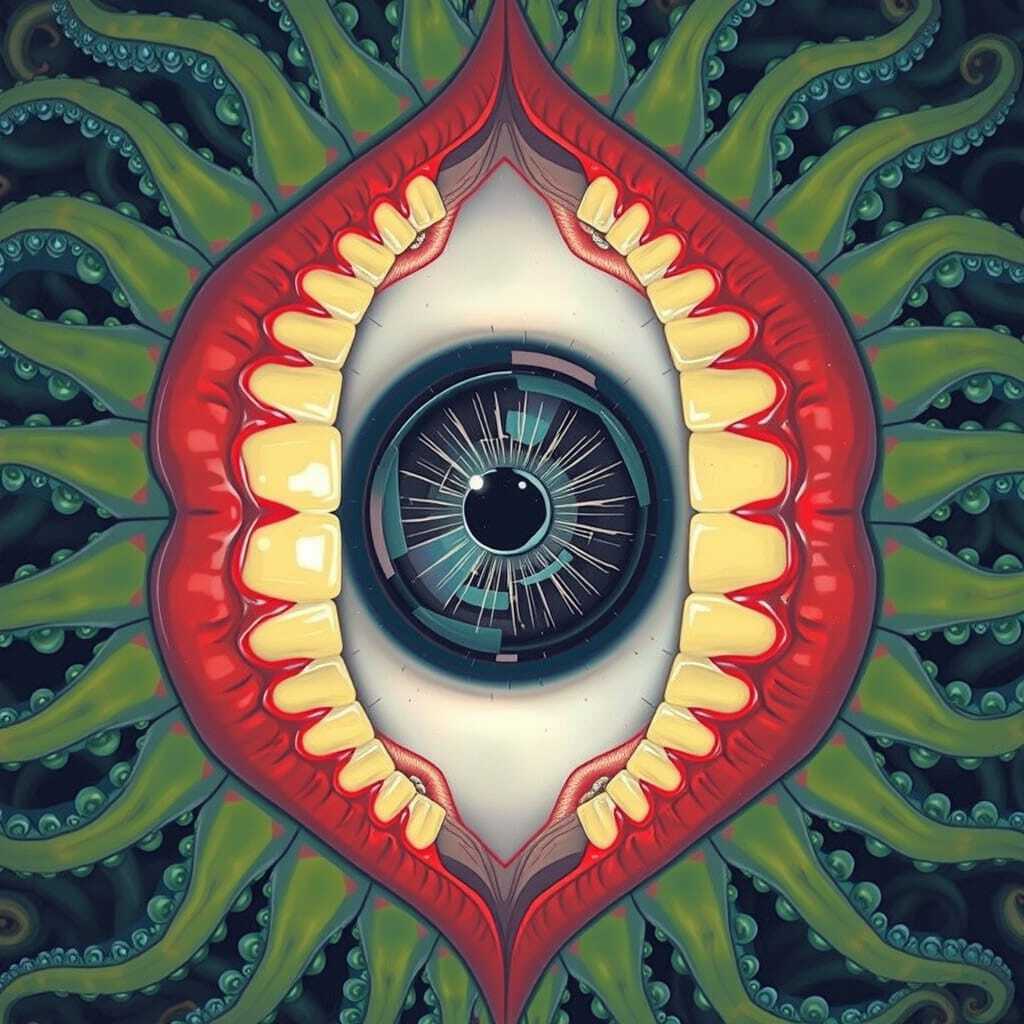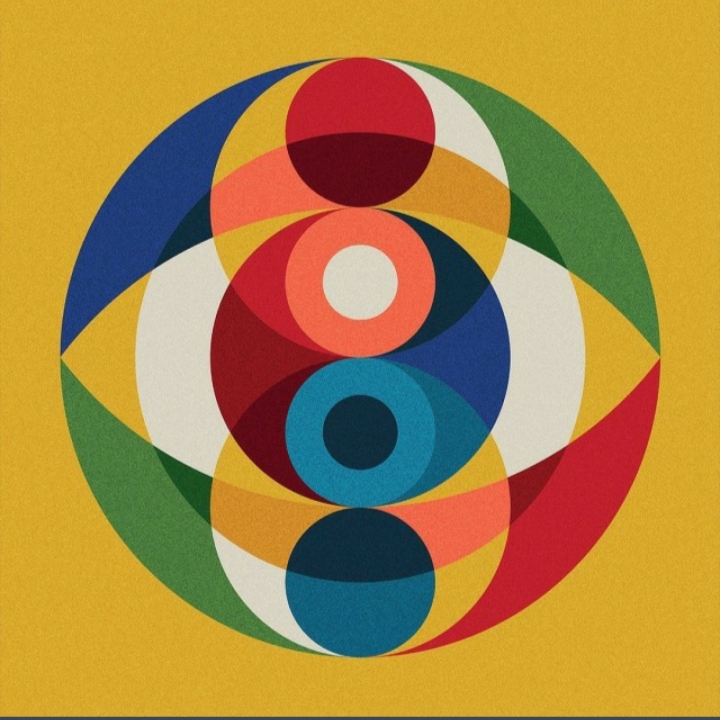Mine is mapping. I am a big OpenStreetMap contributor and I have mapped many towns near me that were previously completely unmapped.
deleted by creator
You might appreciate this story from my bro-in-law who is a former psych-tech. There was one really wily guy in his institution who liked to go where he wasn’t supposed to be. One time he slipped through a door that was left unattended for a few seconds, and led the techs on a merry chase through the building, finally ending up in his room, where he gleefully jumped on his bed, turned around with a big grin and shouted, “SAFETY ZONE!!!”
That’s hilarious. So they had to let him chill right?
deleted by creator
Picking up new hobbies, investing in them far beyond what would be considered a casual interest, then getting bored or disillusioned with the community after 6-24 months.
See
- Foam dart blasters
- yo yos
- magic the gathering (This was like 15 years)
- coin collecting
- juggling
- pocket knives
- archery
- running
- Currently working on 3D printing, though that’s been more of a means to get back into foam blasters because it’s far cheaper to print your own blasters and mod parts.
I’m currently in this cycle as well. Ever since getting a job I don’t have the time and energy to consistently do something every day, but I do have a lot more money. Given this lack of energy and consistent time, I just go until the period of rapid learning stops and then I become overambitious and lose interest. I think I mostly understand what causes it, but I’m unable to fix it. Once I see what “the pro’s” do I become way to ambitious and ruin the fun.
At least I’ve been able to keep up running as a hobby, which beats sitting still all day.
My most stereotypical special interest (in that it’s something really random that you might assume there’s not a lot of depth to) is artificial lighting technology.
But I have a lot of stuff I could infodump about: computers, video games, TTRPGs, world building, neurology, etc.
Could you tell me some cool stuff about artificial lighting technologies? That sounds interesting!
Probably the weirdest kind of lightbulb I’ve heard of is the electron stimulated luminescence bulb.

They were basically little CRT screens that produced white light instead of a picture. They had about the same efficiency and lifespan as CFL bulbs (which were around at the same time) but better color rendering capability (higher CRI). They also didn’t use mercury in their construction.
They never caught on probably because of how bulky they were, with cost probably being a factor as well (though if they were as manufactured at the scales CFLs were the cost may have come down). Today LEDs are better than both of course.
Speaking of cost and LEDs, it’s pretty remarkable just how cheap lighting has gotten. Consider this article, where they talk about the cost of producing light with candles vs with incandescent bulbs. But since 2006 we have developed some LED bulbs that approach or exceed 200 lumens per watt. That’s a more than 11x improvement over the 17 lumens per watt figure given in that article. That adds another .9 to the percentage cost drop before we even consider the longer lifetime of the LED bulb.
I think I calculated at some point that Philips Ultra Efficient bulbs cost less than $1 per year per bulb to operate if you add the cost of power + the purchase price of the bulb amortized over its lifetime. At this point lighting up a room is almost free.
Oh wow, CRT screen bulbs is wild. Would it have been possible to use them as mini screens? I’ve been imagining Gibson-esque cyberpunk scenarios with hackers getting into light bulbs and playing video on them, since I saw your comment the other day.
(Sorry for the very belated reply, I got distracted.)
Unfortunately these bulbs didn’t have any components that could steer or modulate the electron beam, which is how CRT televisions form an image. Instead it just sprays a cone of electrons at the phosphor face to form a big blob of light, so the most you could do is make it brighter or darker (or make it flash) by turning the power up and down.
The closest thing to what you’re imaging would be “pixel LED” headlights. That’s a car headlight technology that continually adjusts the shape of the light output to avoid shining onto cars in the opposite lane, allowing you to retain high beam brightness without blinding other drivers. It works by using essentially the same technology as a projector: an LED light shines onto a MEMS mirror array which can dynamically change the direction that each pixel is pointing to shape the light that is reflected off of it. Sensors detect the position of oncoming cars and direct that light shaping process so the light avoids them.
You absolutely could form an image with one of those (projected onto a surface its shining on), though in the present day they’re only used in car headlights. I could see them eventually being used in room lighting though, if the price of MEMS chips comes down enough. They could be used to improve efficiency using anidolic lighting principles, and marketed as as a way light a room perfectly evenly, or direct pools of light to certain spots as the owner desired (a bit like how color changing smart bulbs are marketed today). Such a light source would have to scan the shape of the room, then decide how to aim its light into that space.
See also Li-Fi if you’re interested in weird stuff piggy backing off of lighting technology. Hackers have actually used something like that (subtly modulating the brightness of a light source) to exfiltrate data:
https://www.securityweek.com/ethernet-leds-can-be-used-exfiltrate-data-air-gapped-systems/
https://thehackernews.com/2020/02/hacking-air-gapped-computers.html?m=1




